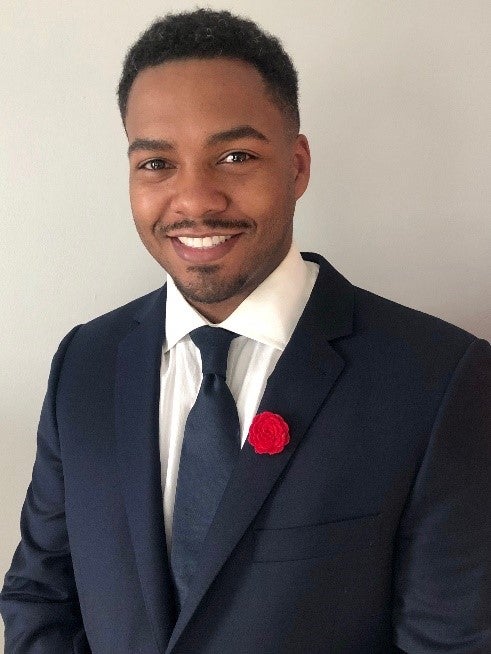Complete regeneration of peripheral nerves after injury is essential to maintaining a favorable quality of life. Axonal projections of the nerve can extend up to one meter away from the cell body located in the spinal cord and complete repair after injury seems to be limited by neurite outgrowth seems as sprouting occurs at the rate of 1 inch/month. Nerve injuries can be targeted at three levels: the soma (cell body), the focal insult, and the innervated tissue downstream. My research has focused on addressing the local injury and the downstream impacts using a sciatic nerve crush and transection model, respectively. Using nanochannel-based electroporation, we have been able to deliver cocktails of plasmid DNA to aid in the repair process following crush and transection injuries. In the crush model, we demonstrated the ability to deliver cargos throughout the nerve bundle, induce endothelial cell reprogramming, and aid in more rapid functional recovery. Our studies in the transection model focus on neuronal induction in the muscle tissue. These experiments have demonstrated the ability to minimize abnormal axonal signaling and support the preservation of mature neuromuscular junctions in the denervated triceps surae muscle. Continued research focuses on elucidating the induced cellular and molecular changes occurring in the denervated tissue following our intervention. Overall, these studies support the viability of targeted gene delivery and cell-based therapies to enhance recovery following a severe/chronic injury to that nerve.

Jordan Moore is a Ph.D. Candidate in Biomedical Engineering at Ohio State University. He is originally from Springfield, OH and joined OSU when he transferred to complete his undergraduate studies in 2012. He received his BS in Applied Mathematics in 2015, MS in BME in December of 2020, and anticipates completing his Ph.D. in 2022. His thesis research focuses on cellular reprogramming and tissue engineering to repair peripheral nerve injuries. He has also worked on similar approaches for stroke, skin wounds, and cancer application. He is a former president of his department’s Graduate Student Association, Neuroscience Scholars Program Associate, Purdue Black Trailblazers in Engineering Fellow, and NIH D-SPAN Scholar. His long-term goal is to lead a research group developing cell and gene-based nanotherapeutics with a special interest in Cerebral Palsy and motoneuron-related deficits.


